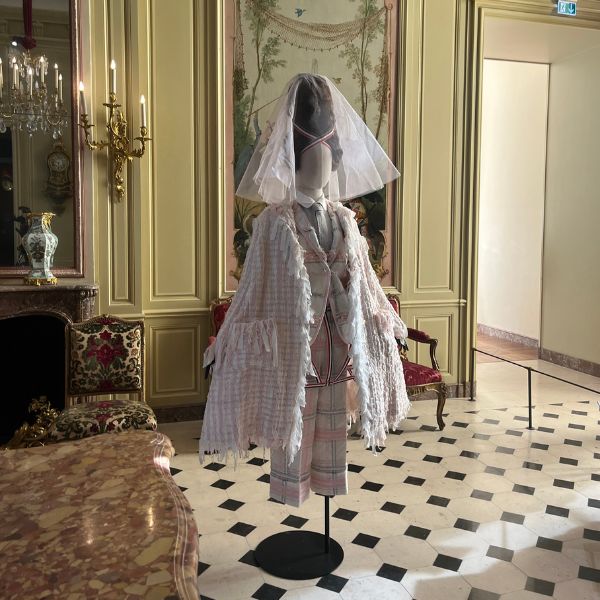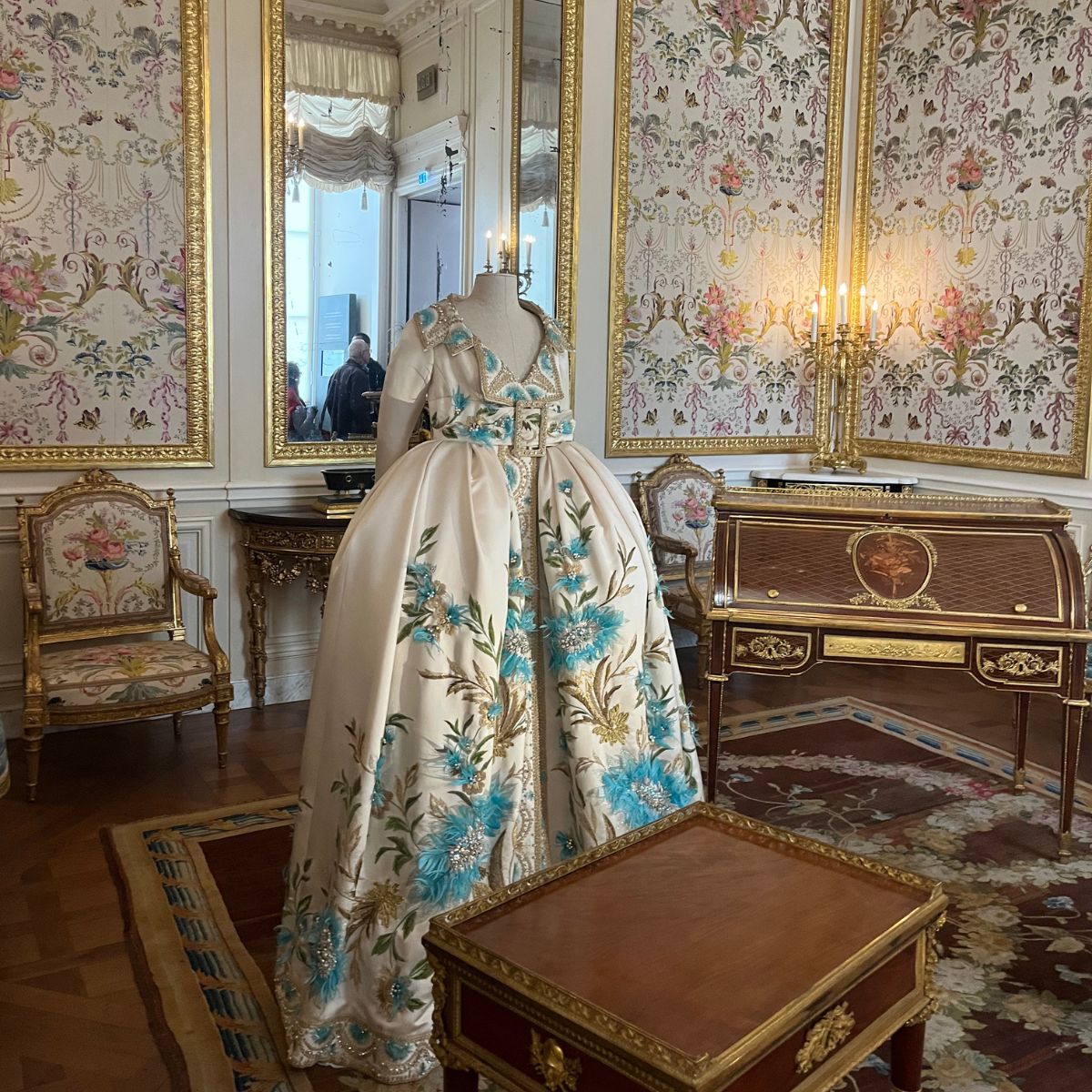Louvre Couture
The Louvre's new haute couture exhibition marks a historic first for the museum, blending the world of art with high fashion in a captivating way. By showcasing over 100 pieces of fashion from legendary designers like Cristobal Balenciaga, Karl Lagerfeld, and Iris van Herpen, it offers a unique exploration of style from 1960 to the present day. The exhibition, housed in the decorative arts department, contrasts beautifully with the museum's vast collection of art, from medieval armor to Renaissance tapestries, inviting visitors to rethink the boundaries between art and fashion.


The haute couture pieces, placed on mirrored podiums in these historically rich rooms, surrounded by gold, ivory, and precious stones, evoke a striking "catwalk" effect. Notable highlights include Gianni Versace's iconic 1997 metal mesh gown, a silk Dior creation adorned with a Sun King motif set against a baroque portrait of Louis XIV, and a crystal-embroidered Dolce & Gabbana dress inspired by 11th-century Venetian mosaics. This new approach to presenting fashion offers an immersive experience, inviting people to view history through the lens of couture, where dresses, accessories, and outfits take on the role of storytelling artifacts. It's a reflection of the growing recognition that fashion is an art form in its own right.
The Louvre’s exhibition is part of a broader trend among global museums embracing fashion as an art form. Other prominent institutions, like the Metropolitan Museum of Art's Costume Institute and the Grand Palais, have also highlighted fashion in their recent exhibitions, successfully drawing large crowds. Although the Louvre is not actively seeking to increase visitors—having recently limited attendance due to overwhelming crowds—this exhibition appears to be a strategic move aimed at attracting both returning guests and younger audiences. The exhibition’s timing and theme show a clear effort to stay fresh in the modern cultural landscape.




